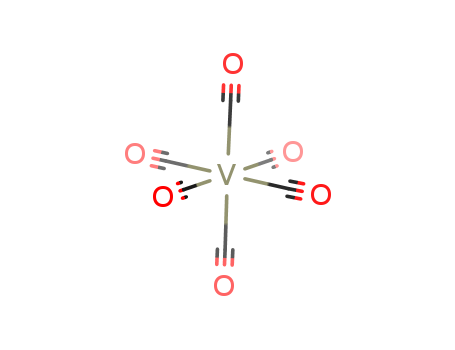Technology Process of hexacarbonylvanadium
There total 22 articles about hexacarbonylvanadium which
guide to synthetic route it.
The literature collected by LookChem mainly comes from the sharing of users and the free literature resources found by Internet computing technology. We keep the original model of the professional version of literature to make it easier and faster for users to retrieve and use. At the same time, we analyze and calculate the most feasible synthesis route with the highest yield for your reference as below:
synthetic route:
- Guidance literature:
-
Heating of starting compd. (40°C, 1E-2 Torr) for 3 h, during which green color of solid turns gray.; Spect. (IR) identification of blue-black resulted solid as V(CO)6 and anal. and spect. (IR) identification of org. residue.;
DOI:10.1021/om00095a011
- Guidance literature:
-
With
H3PO4;
under N2 slow stirring while mixt. heated to 40-45°C for 12 h;
- Guidance literature:
-
With
hydrogenchloride;
In
pentane;
under N2 or Ar, treated with HCl at -70°C with stirring, temp. raised to 20°C within 1 h; filtered, cooled to dry-ice temp., filtered, dried under reduced pressure;





